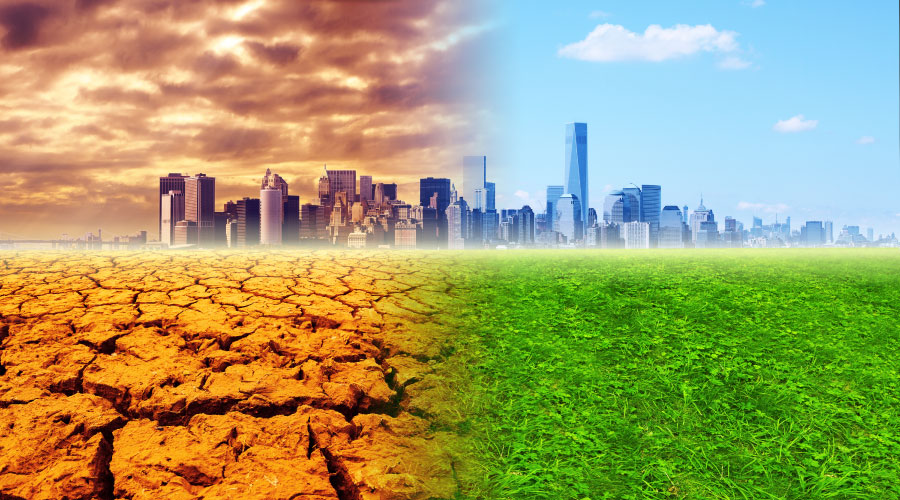`
Finally, one of the newest issues is that some compounds mimic hormones, the chemical substances secreted by the endocrine system that act to control or regulate specific processes including growth, metabolism and reproduction. Even at incredibly low concentrations, often in the parts per billion and sometimes in the parts per trillion, these compounds can cause serious health problems. For example, compounds that mimic hormones can negatively and seriously affect a fetus’ organ development. Research has shown that these same compounds may be leading to problems, such as frogs being born with more than four legs.
Much research still needs to be done on these compounds. But the concern is that many of these compounds are found in cleaning products, including nonylphenol ethoxylate surfactants, which is the ingredient used in many detergents, Triclosan, the ingredient in many antibacterial handsoaps, and phthalates, which are used to soften plastics in floor finishes.
Because knowledge is limited on the extent of all the chemicals that humans and the environment are being exposed to, including cleaning chemicals, emissions from office equipment and products, particulates from auto emissions, as well as naturally occurring compounds such as molds and spores, facility executives should be careful with old cleaning methods, especially when greener alternatives presenting lower risk are readily available.
Related Topics:















